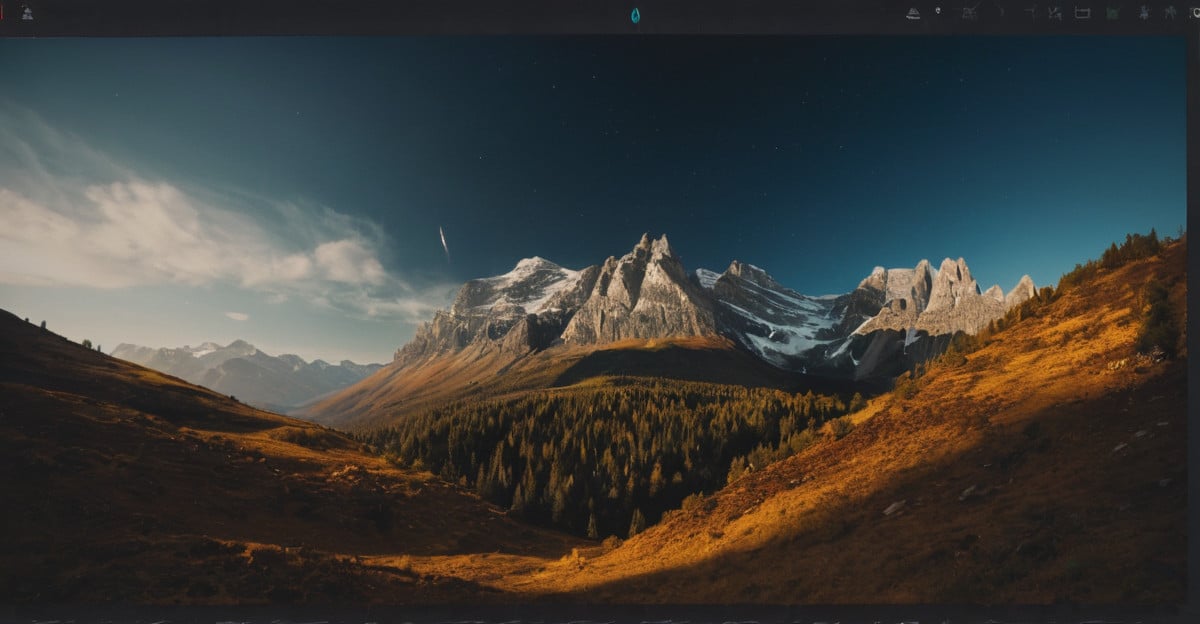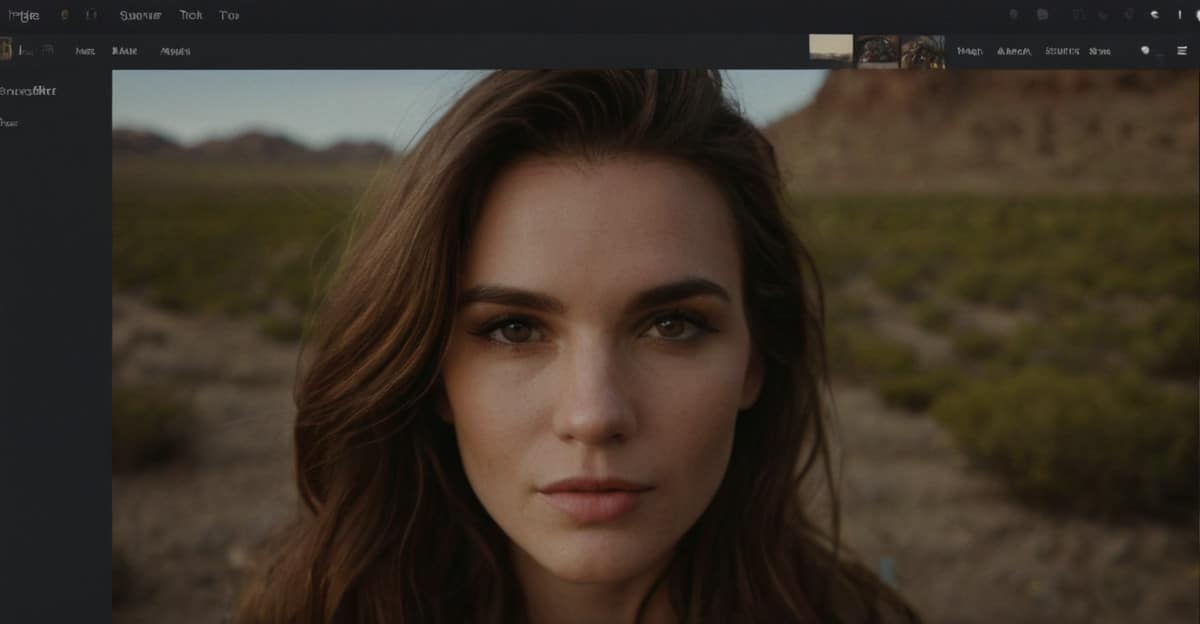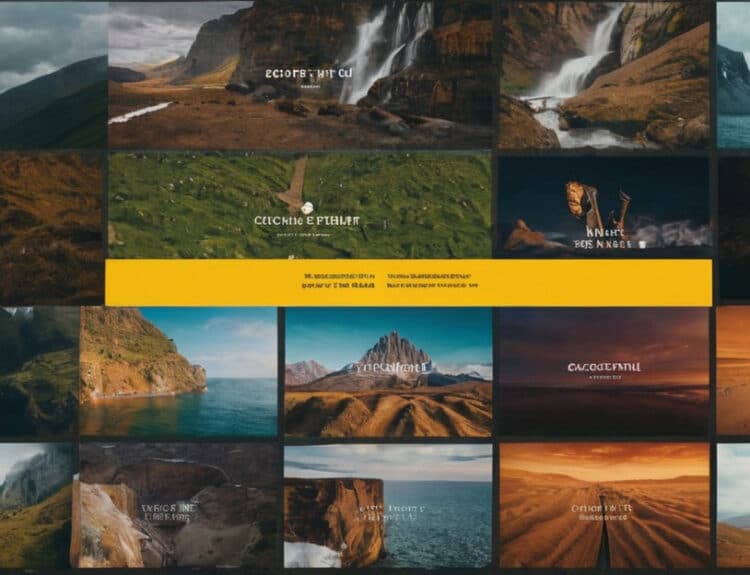
Introduction
In the competitive world of freelancing, having an eye-catching portfolio is crucial for artists. Your portfolio serves as a visual resume, showcasing your best work and unique style. But with so many tools available, how do you choose the best one? In this article, we will explore the top 5 tools for building an eye-catching freelance artist portfolio. Whether you’re a graphic designer, illustrator, or any other type of artist, these tools will help you create a portfolio that stands out from the crowd.
1. Adobe Portfolio
Adobe Portfolio is a popular choice among artists for good reason. It integrates seamlessly with Adobe Creative Cloud, allowing you to easily import your work from Photoshop, Illustrator, and other Adobe applications. The platform offers a variety of customizable templates that can be tailored to fit your personal brand.
One of the standout features of Adobe Portfolio is its simplicity and ease of use. You don’t need any coding knowledge to create a professional-looking portfolio. Additionally, Adobe Portfolio offers integration with Behance, allowing you to share your work with a larger creative community.
Key Benefits:
- Seamless integration with Adobe Creative Cloud
- Customizable templates
- Easy to use, no coding required
- Integration with Behance

2. Squarespace
Squarespace is a versatile website builder that is perfect for creating a professional portfolio. Known for its sleek and modern templates, Squarespace allows artists to create visually stunning websites with ease. The platform offers a variety of tools and features designed specifically for creatives, including image galleries, video backgrounds, and custom fonts.
One of the key advantages of Squarespace is its drag-and-drop interface, which makes it easy to customize your site without any technical skills. Additionally, Squarespace offers robust SEO tools, ensuring that your portfolio is easily discoverable by potential clients.
Key Benefits:
- Modern and visually appealing templates
- Drag-and-drop interface
- Robust SEO tools
- Comprehensive customer support
3. Wix
Wix is another popular website builder that offers a wide range of customizable templates for artists. Whether you’re a painter, photographer, or digital artist, Wix has a template to suit your needs. The platform’s intuitive drag-and-drop editor allows you to create a unique portfolio without any coding knowledge.
Wix also offers a variety of advanced features, such as video hosting, online stores, and blog integration. This makes it a great option for artists who want to showcase their work in multiple formats or sell their artwork directly from their portfolio.
Key Benefits:
- Wide range of customizable templates
- Intuitive drag-and-drop editor
- Advanced features like video hosting and online stores
- Strong customer support
4. Behance
Behance, owned by Adobe, is a social media platform specifically designed for creatives. It allows artists to showcase their work to a global audience, connect with other creatives, and even find job opportunities. Unlike traditional portfolio websites, Behance focuses on community and networking, making it a great option for artists looking to build their professional network.
One of the standout features of Behance is its project-based format. This allows artists to showcase entire projects, including work-in-progress shots, sketches, and final pieces. Additionally, Behance offers integration with Adobe Creative Cloud, making it easy to upload and share your work.
Key Benefits:
- Global audience and community focus
- Project-based format
- Integration with Adobe Creative Cloud
- Job opportunities and networking
5. WordPress
WordPress is a highly versatile platform that can be used to create any type of website, including artist portfolios. With thousands of themes and plugins available, WordPress offers unparalleled customization options. Whether you’re looking for a minimalist design or a more complex layout, WordPress has a solution.
One of the key advantages of WordPress is its flexibility. You can add features such as image galleries, sliders, contact forms, and even e-commerce functionality with just a few clicks. Additionally, WordPress offers robust SEO tools, ensuring that your portfolio is easily discoverable by search engines.
Key Benefits:
- Unparalleled customization options
- Flexible and scalable platform
- Robust SEO tools
- Extensive plugin library

How to Choose the Right Tool for You
Choosing the right tool for building your freelance artist portfolio depends on your specific needs and goals. Consider the following factors when making your decision:
User-Friendliness: If you’re not comfortable with coding or technical setups, look for a platform with a drag-and-drop editor or customizable templates.
Customization Options: Ensure the platform offers enough customization options to reflect your unique style and brand.
SEO Features: Make sure the tool has robust SEO features to help your portfolio rank higher in search engine results.
Community and Networking: If networking is important to you, consider platforms like Behance that focus on community engagement.
Advanced Features: Think about any additional features you might need, such as e-commerce functionality or video hosting.
Tips for Creating an Eye-Catching Portfolio
Regardless of which tool you choose, there are some universal tips for creating an eye-catching portfolio:
Showcase Your Best Work: Only include your best and most recent work. Quality over quantity is key.
Tell a Story: Use your portfolio to tell a story about your artistic journey, skills, and experiences.
Keep It Organized: Make sure your portfolio is easy to navigate. Divide your work into categories if necessary.
Use High-Quality Images: Ensure all images are high-resolution and professionally presented.
Include Contact Information: Make it easy for potential clients to contact you by including clear contact information.
Case Study: Successful Artist Portfolios
Let’s take a look at some successful artist portfolios that have utilized these tools effectively:
Jane Doe (Graphic Designer): Jane used Adobe Portfolio to create a sleek and professional portfolio that integrates seamlessly with her Behance profile. Her site is easy to navigate and showcases her best work.
John Smith (Illustrator): John chose Squarespace for its modern templates and robust SEO features. His portfolio is visually stunning and ranks highly in search engine results.
Emily Johnson (Photographer): Emily used Wix to create a unique portfolio that includes video hosting and an online store. Her site is user-friendly and has helped her attract new clients.

Future Trends in Artist Portfolios
The world of artist portfolios is constantly evolving. Here are some future trends to keep an eye on:
Interactive Portfolios: As technology advances, more artists are incorporating interactive elements into their portfolios, such as animations and interactive galleries.
Augmented Reality (AR): AR is becoming increasingly popular in the art world. Some artists are using AR to create immersive portfolio experiences.
Social Media Integration: Integrating social media feeds into portfolios is becoming more common, allowing artists to showcase real-time updates and engage with their audience.
Sustainability: As sustainability becomes more important, some artists are focusing on creating eco-friendly portfolios with minimal environmental impact.
Conclusion
Building an eye-catching freelance artist portfolio is essential for showcasing your work and attracting new clients. With the right tools, you can create a professional and visually stunning portfolio that reflects your unique style and brand. Whether you choose Adobe Portfolio, Squarespace, Wix, Behance, or WordPress, each platform offers unique features and benefits to help you succeed.
Remember to consider your specific needs and goals when choosing a tool, and follow best practices for creating an effective portfolio. By doing so, you’ll be well on your way to creating a portfolio that stands out from the crowd and helps you achieve your professional goals.







